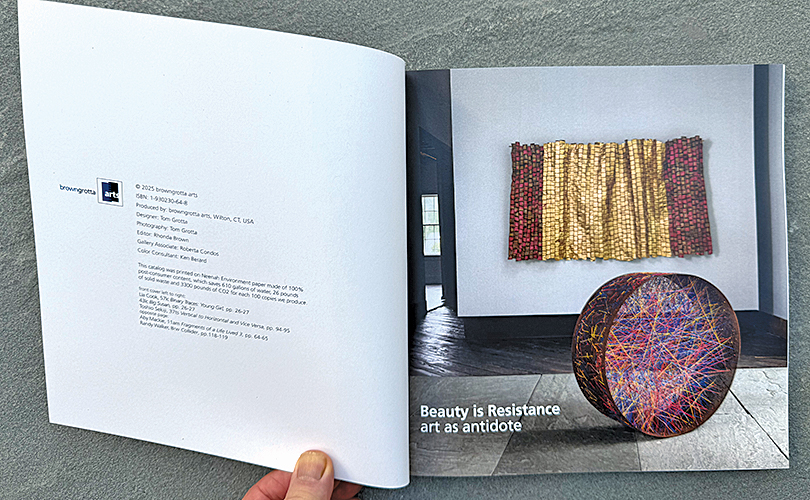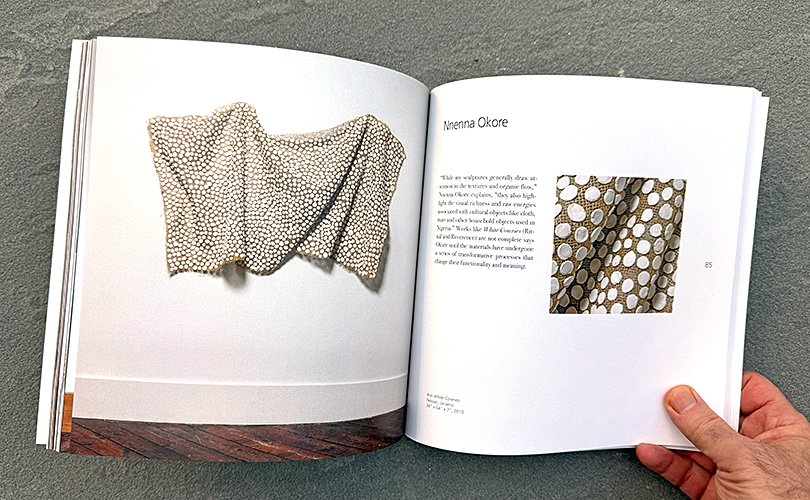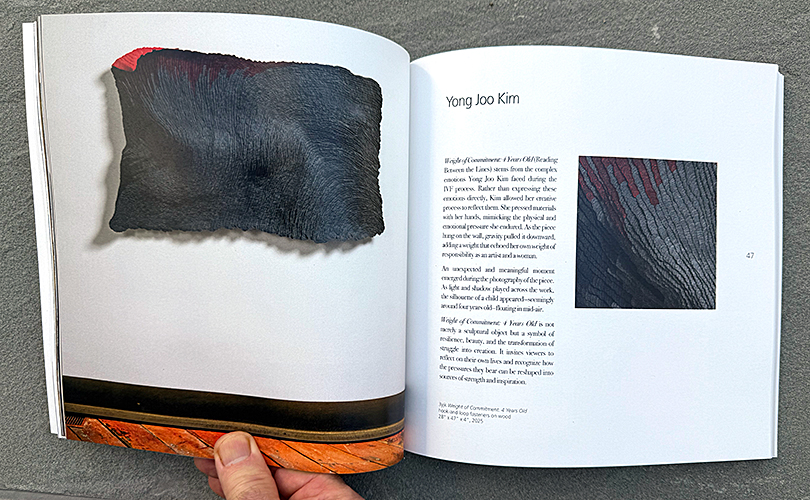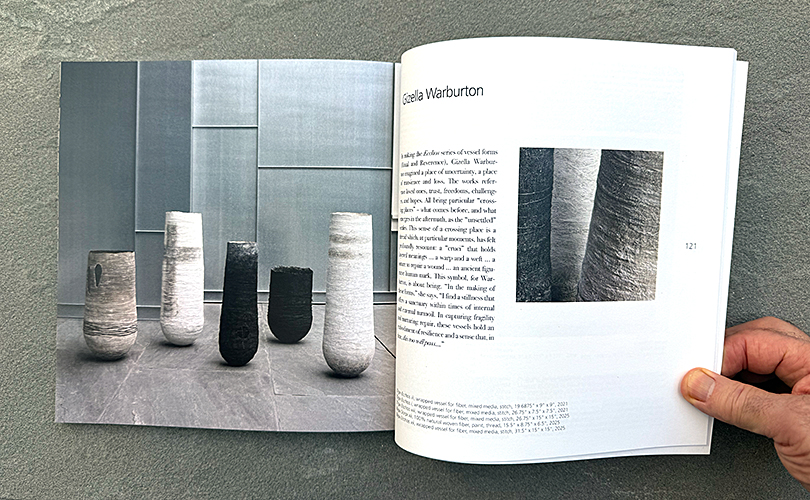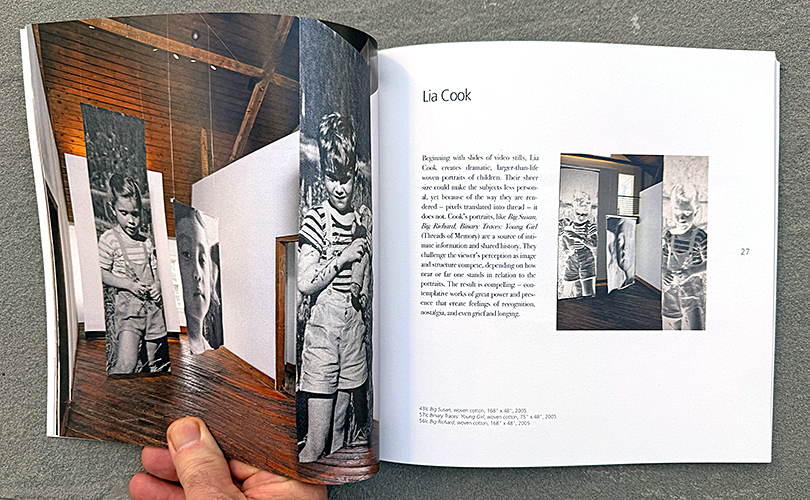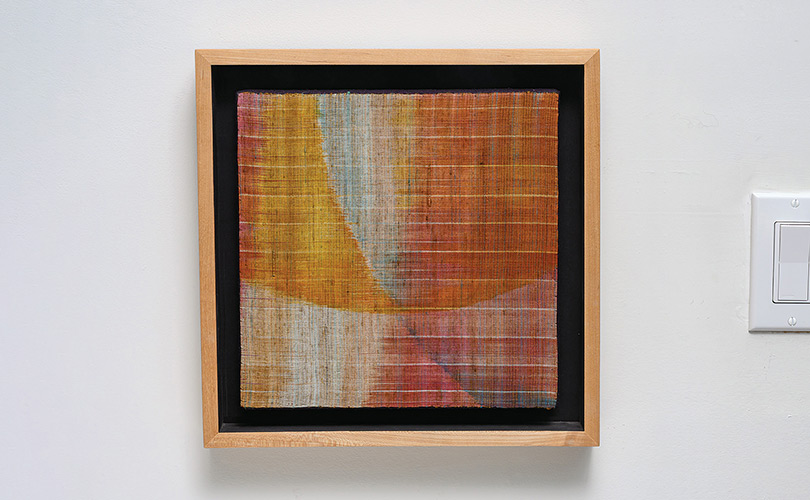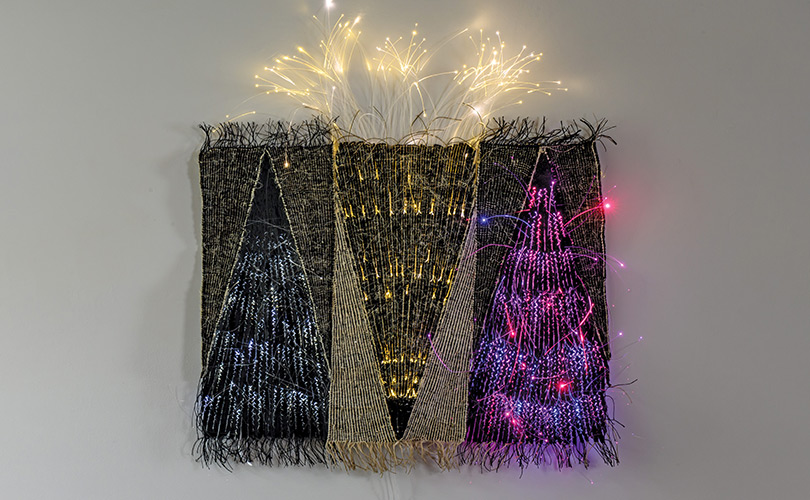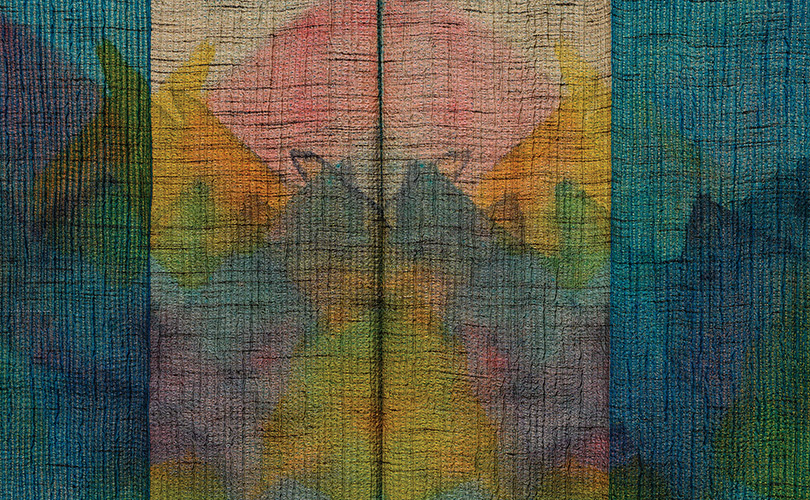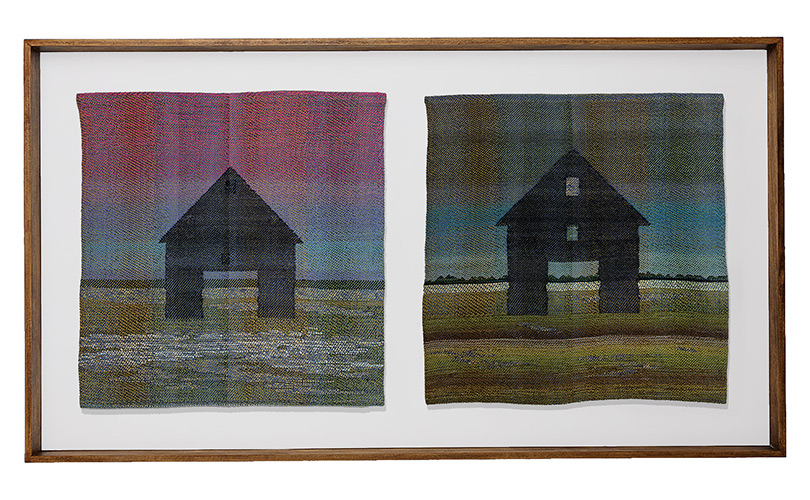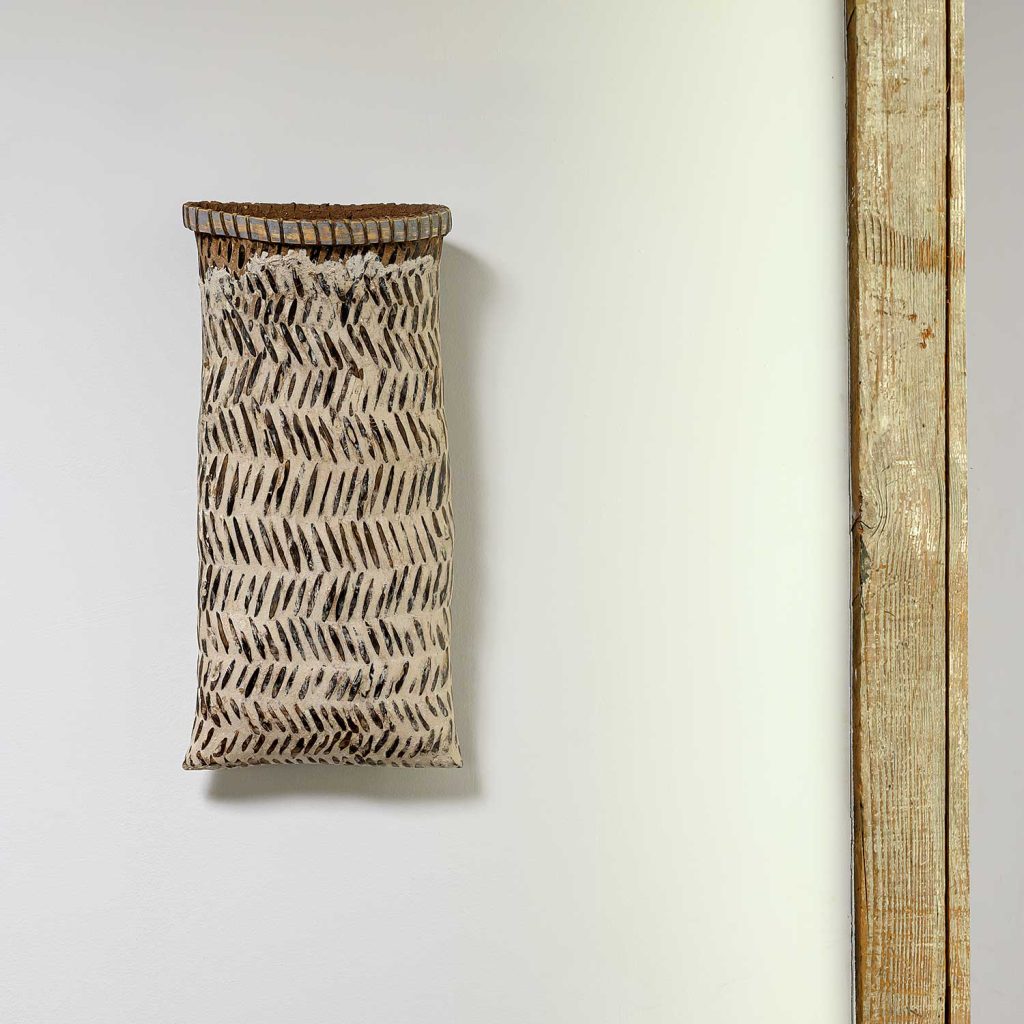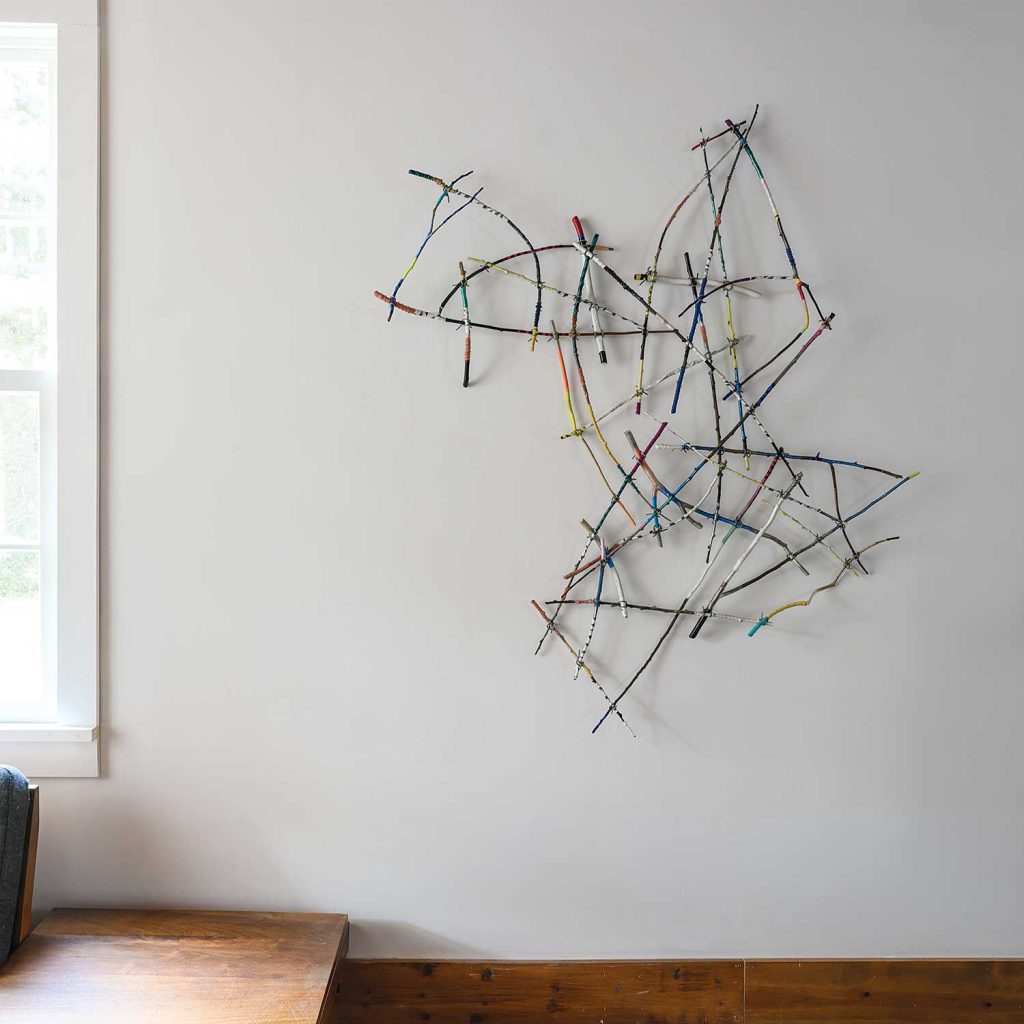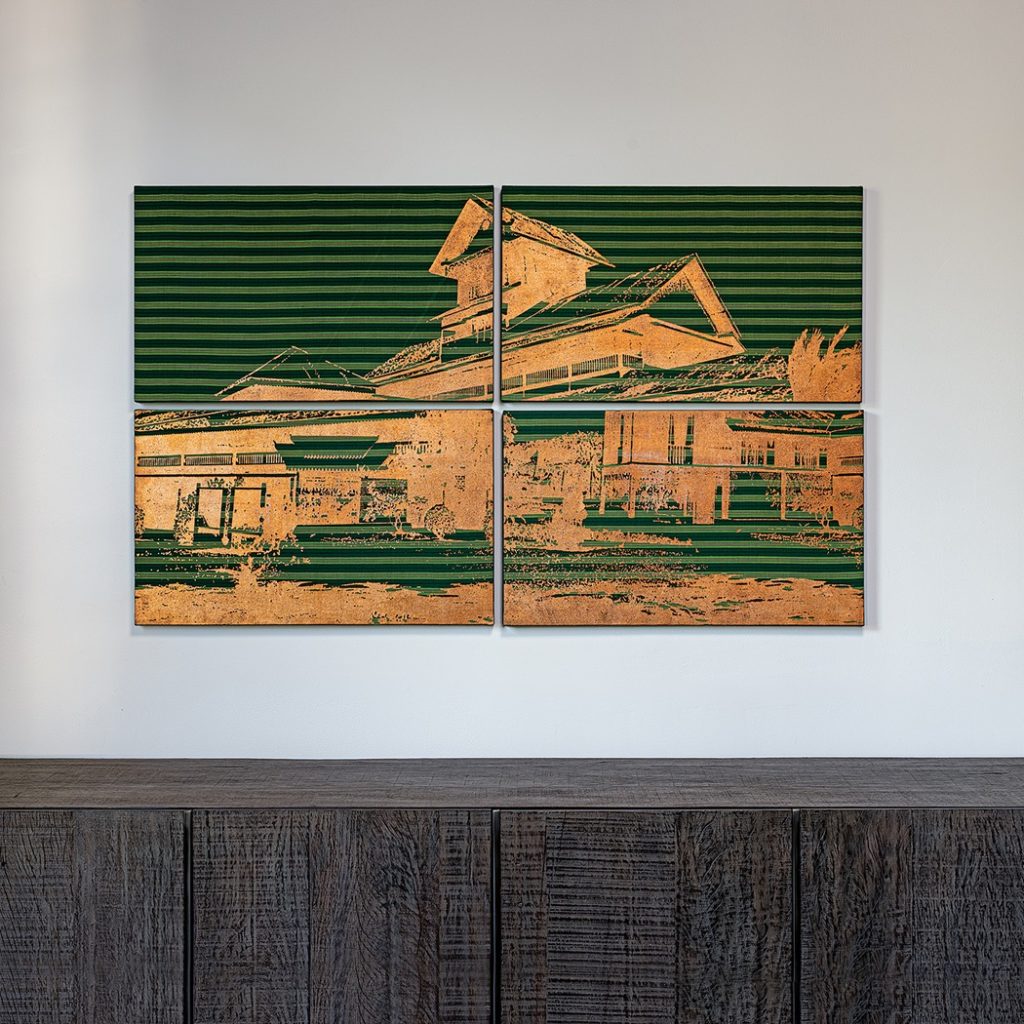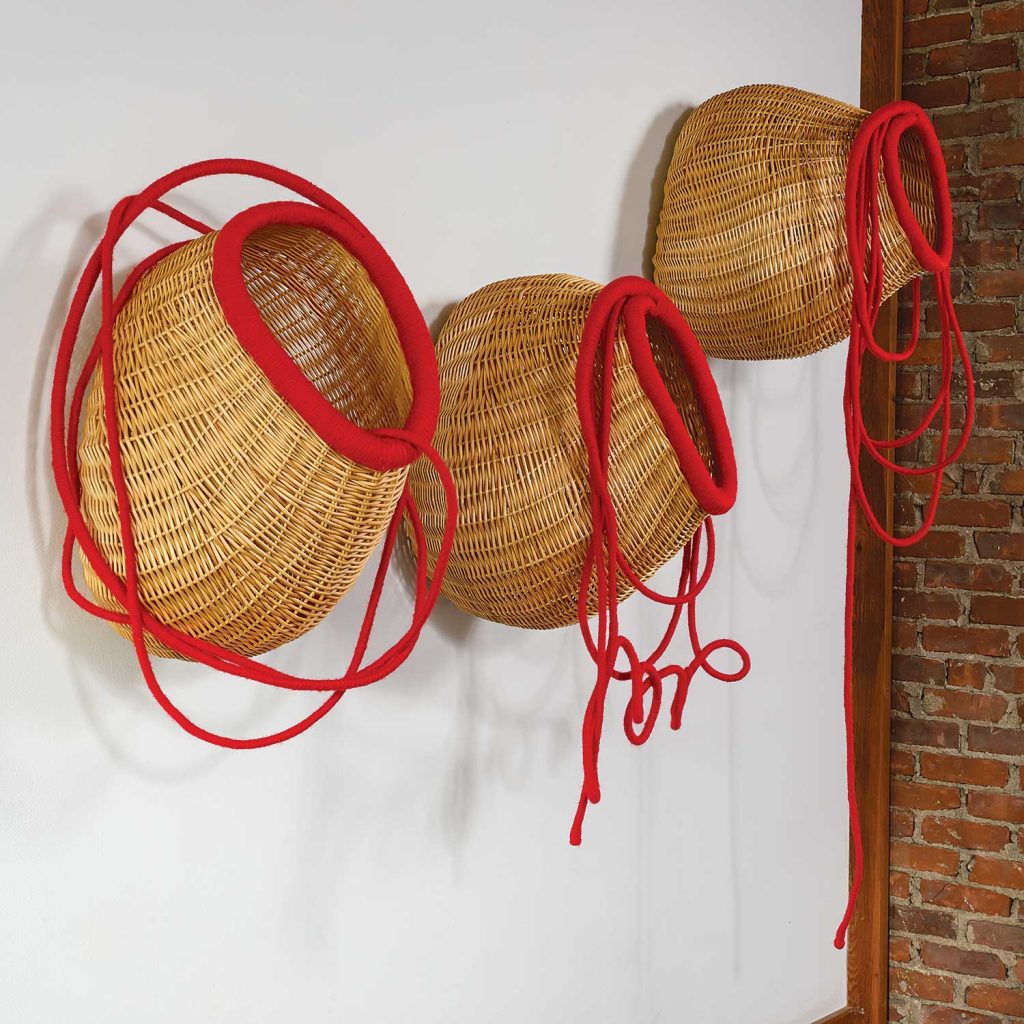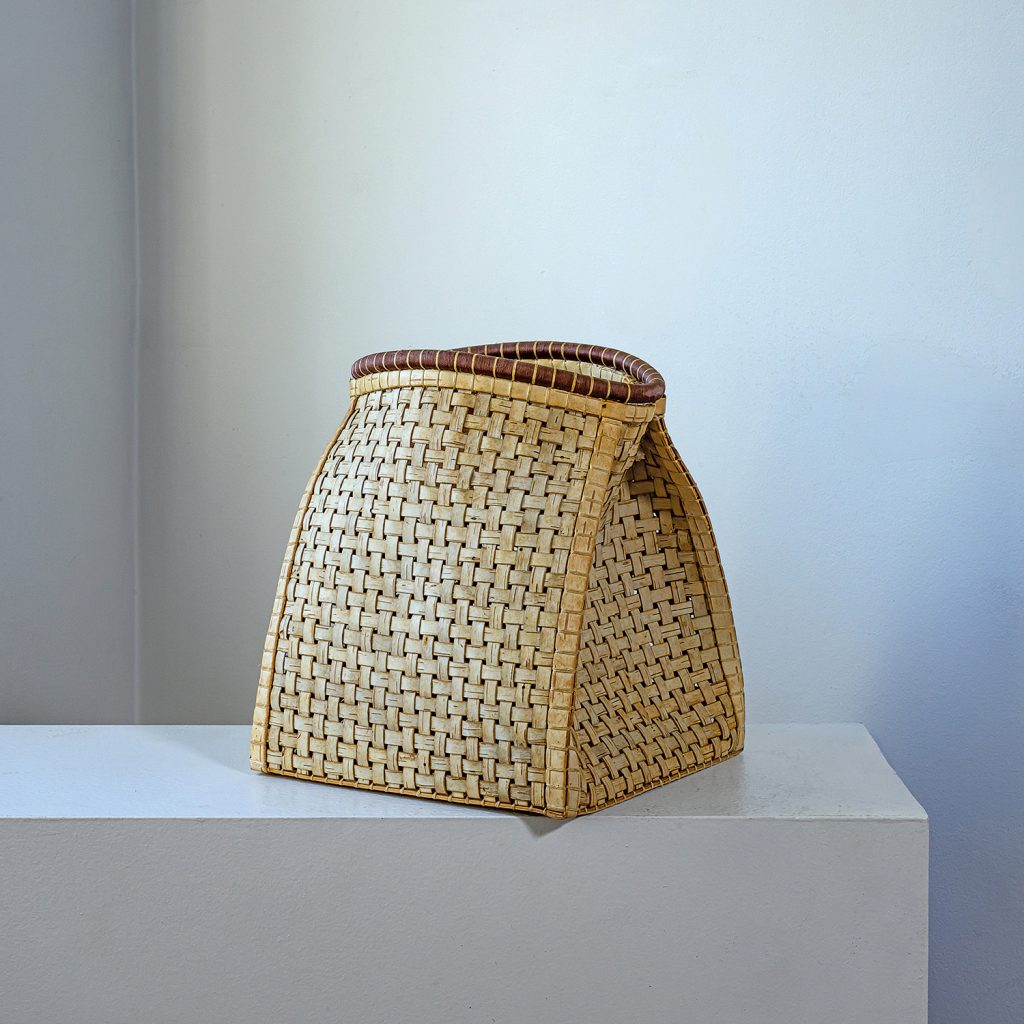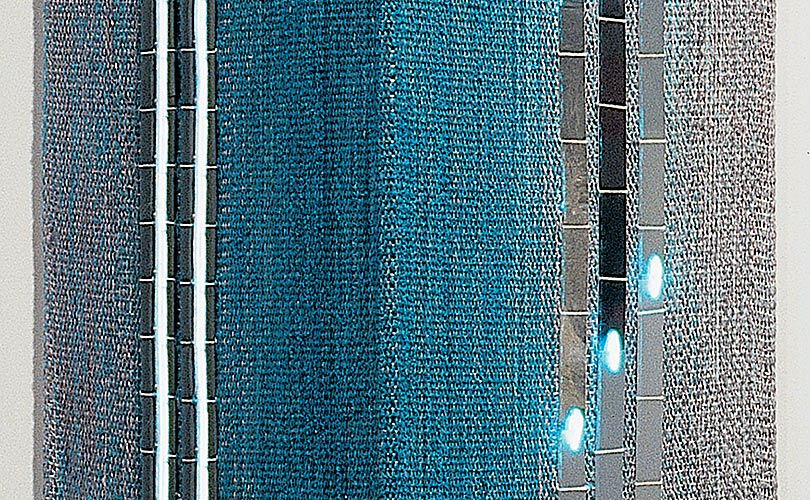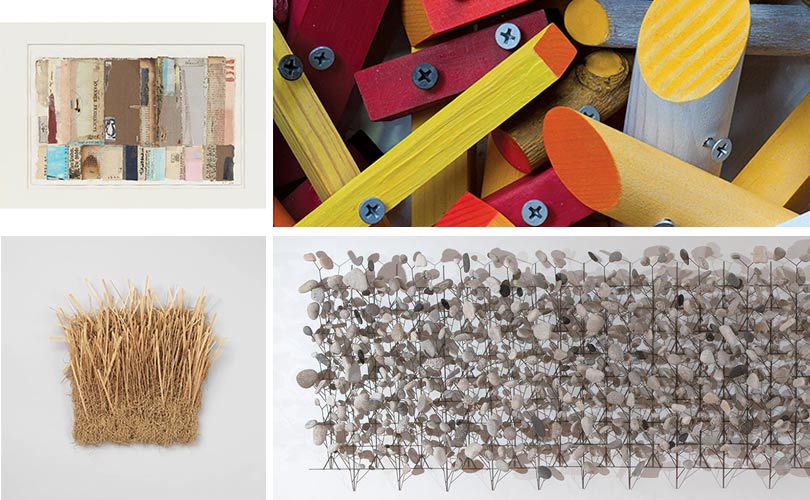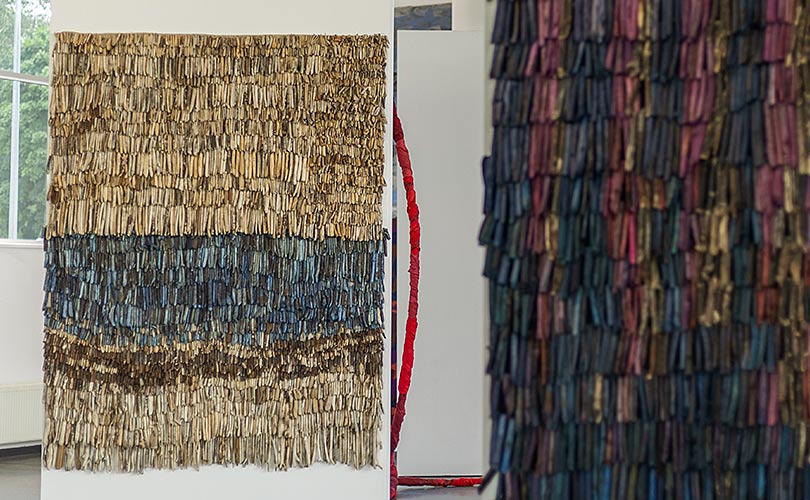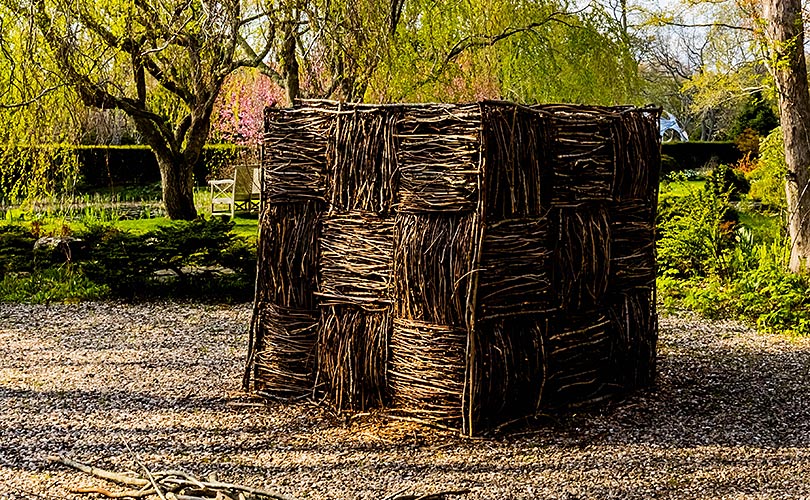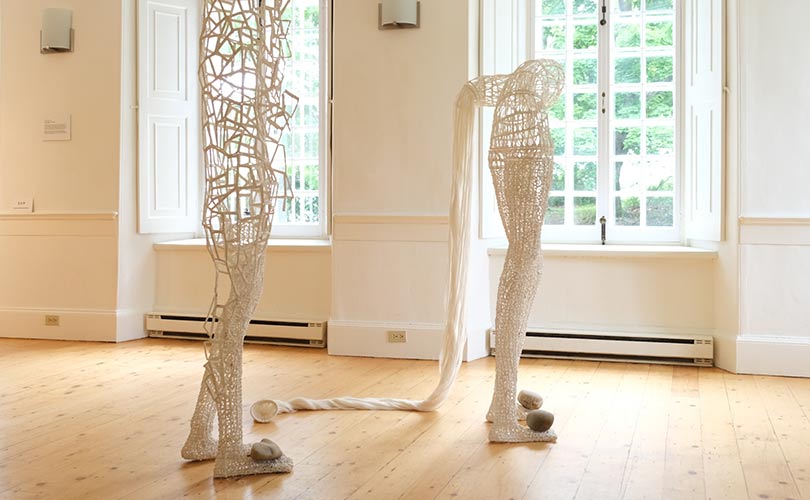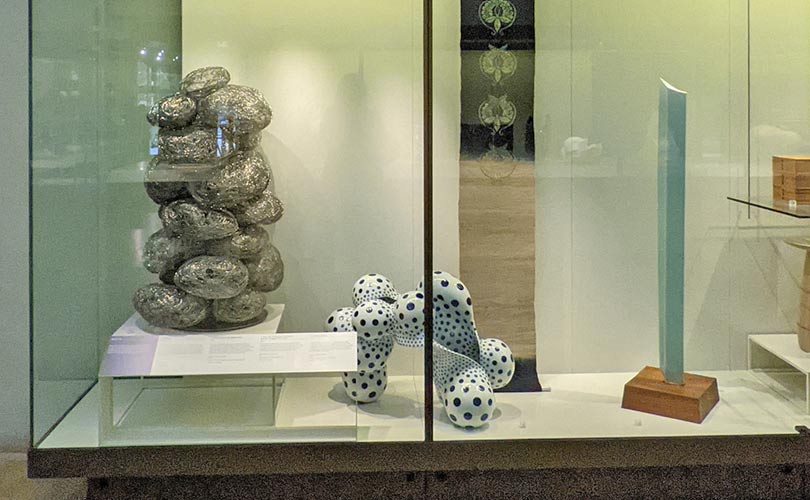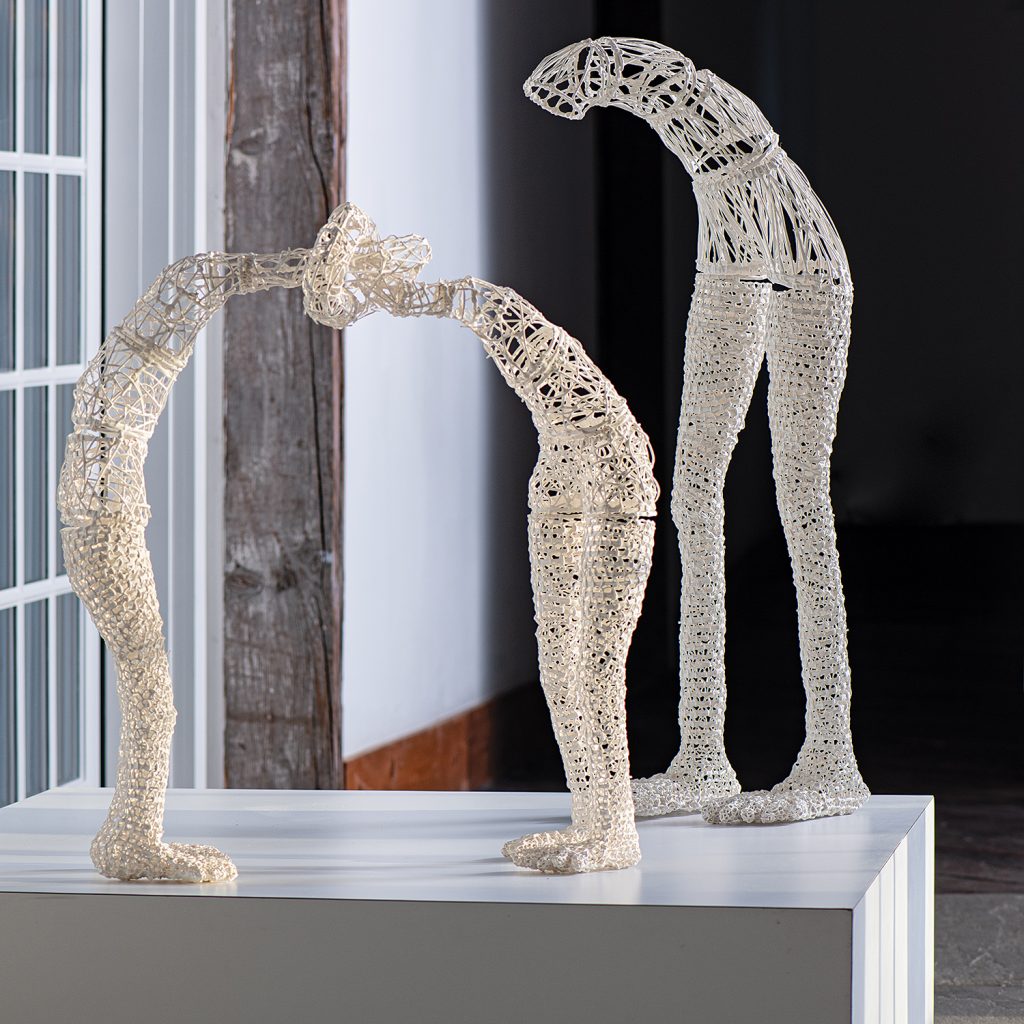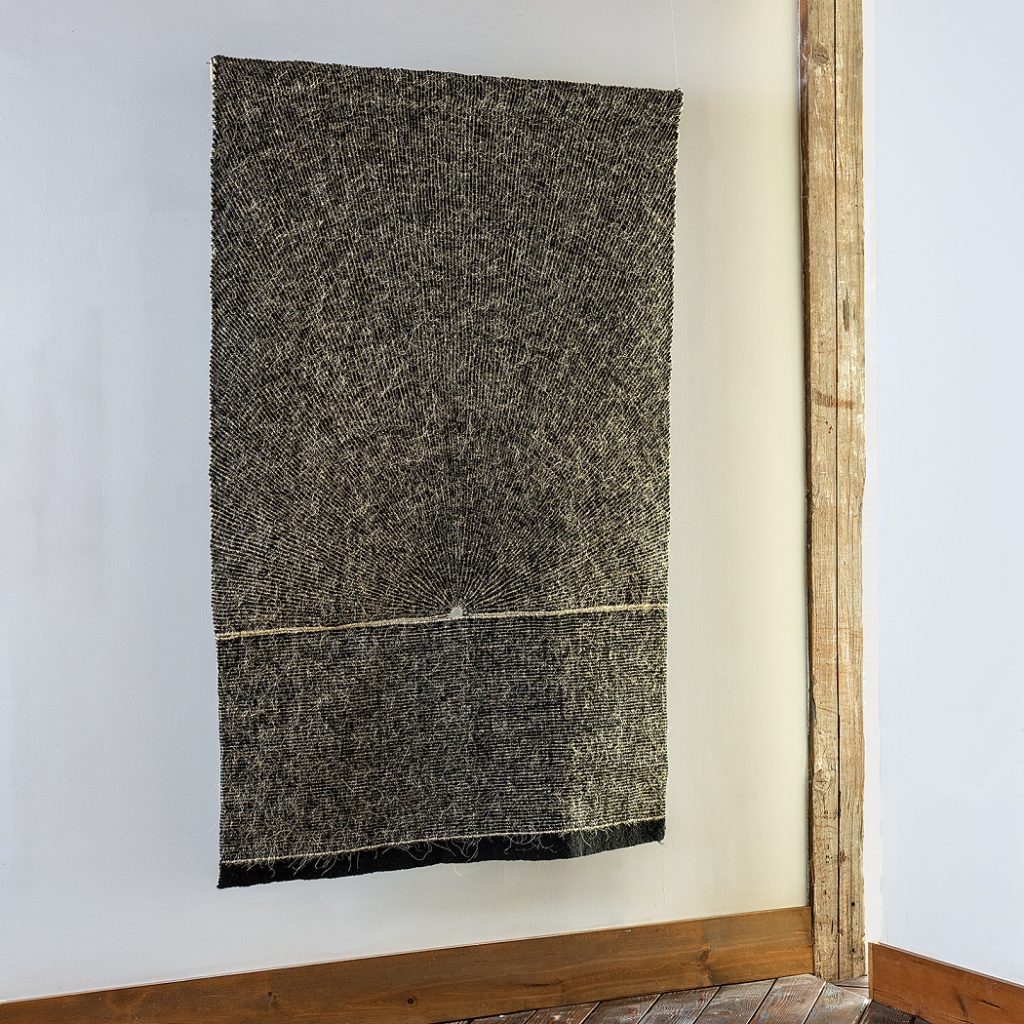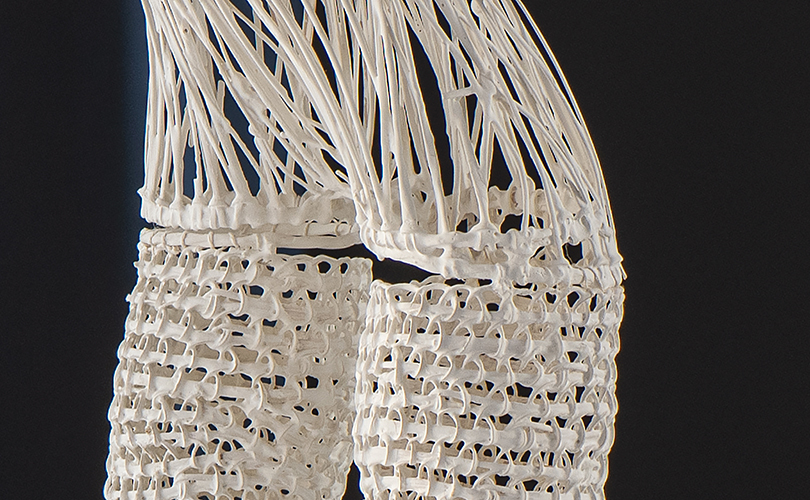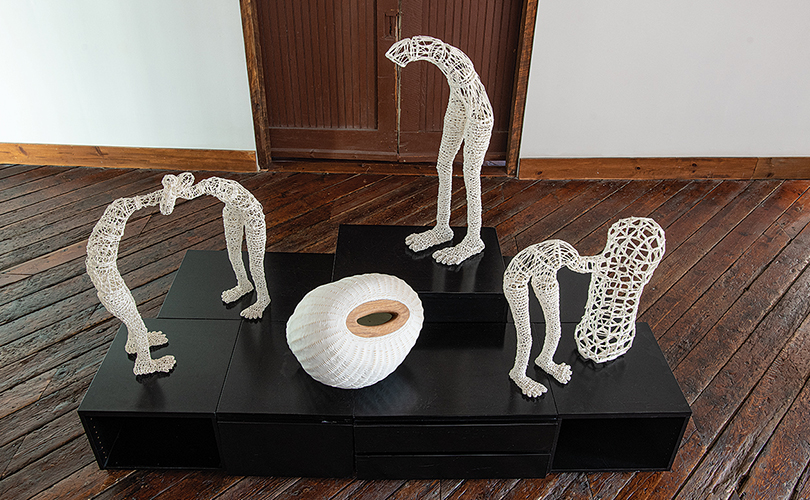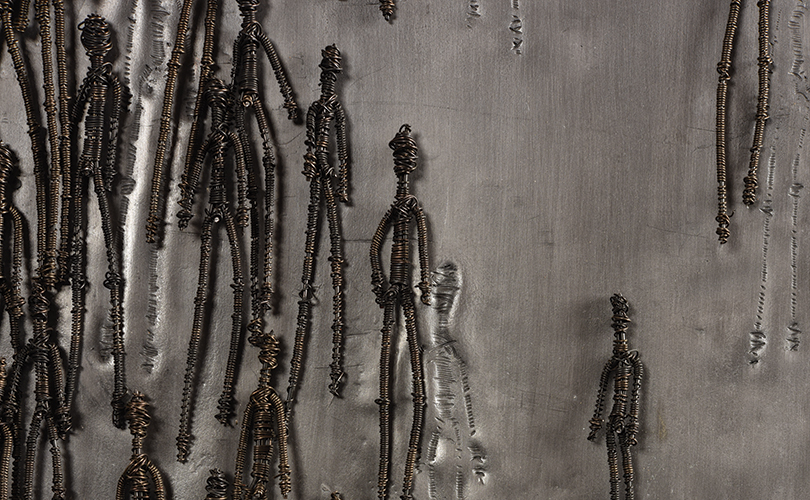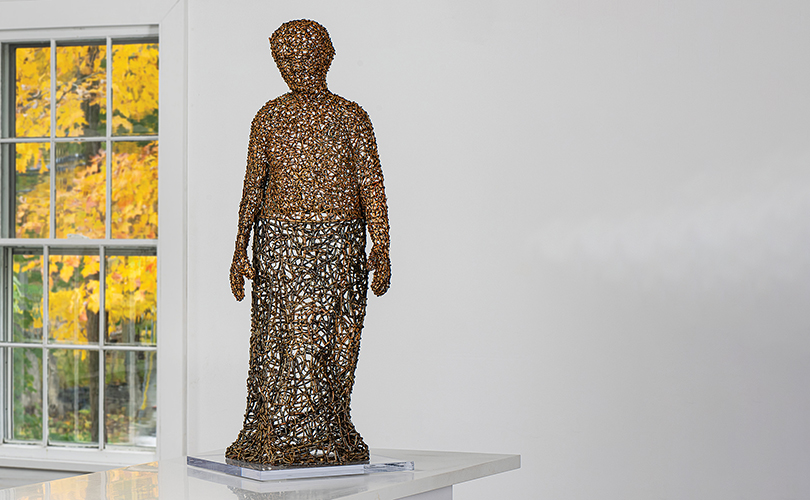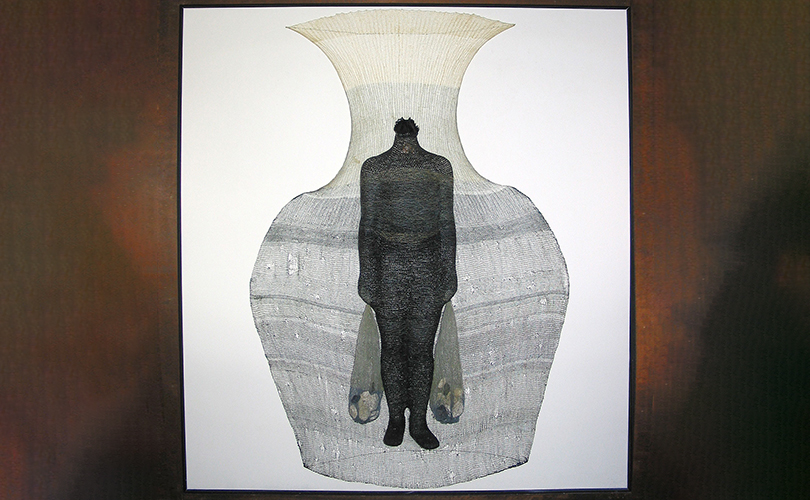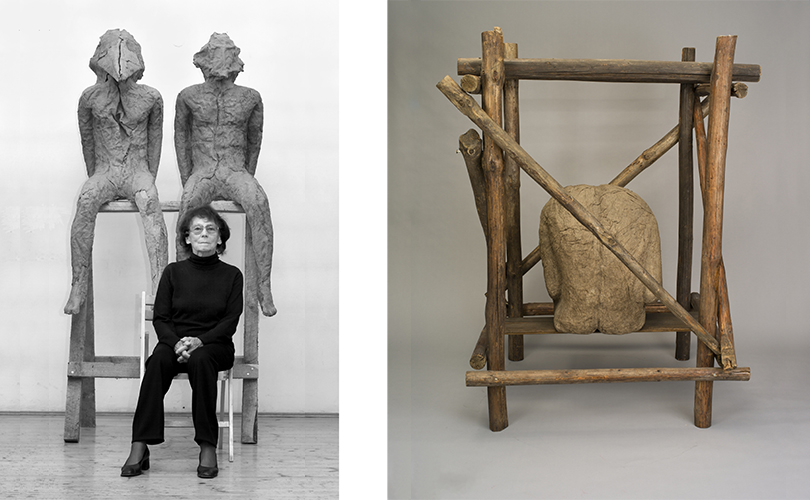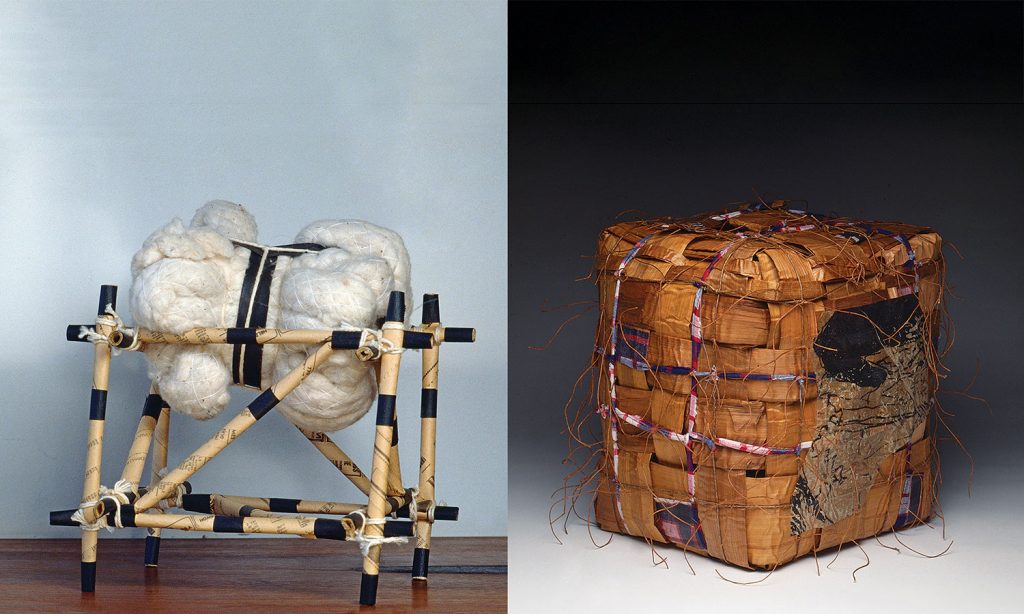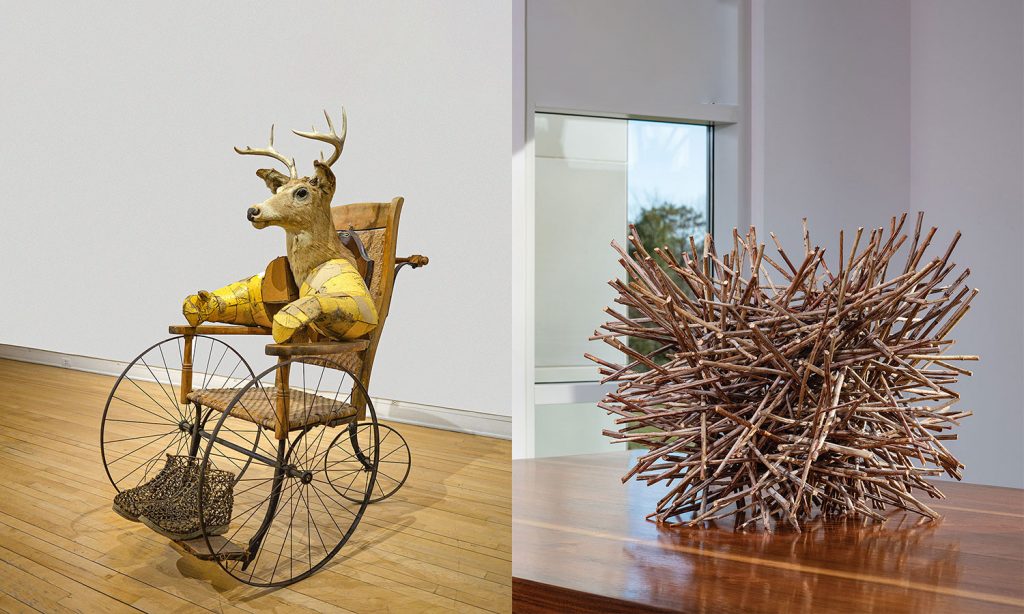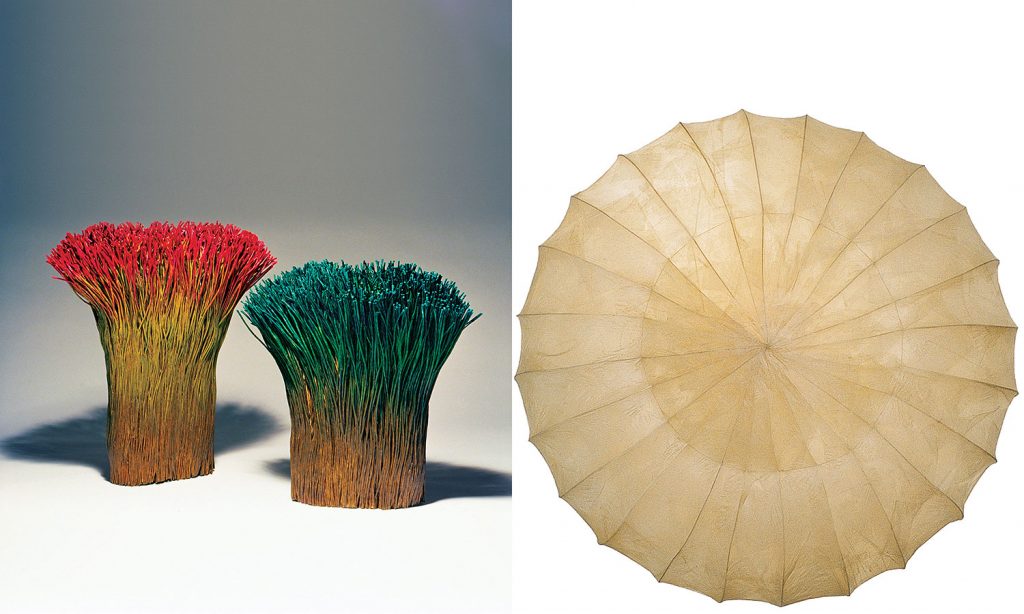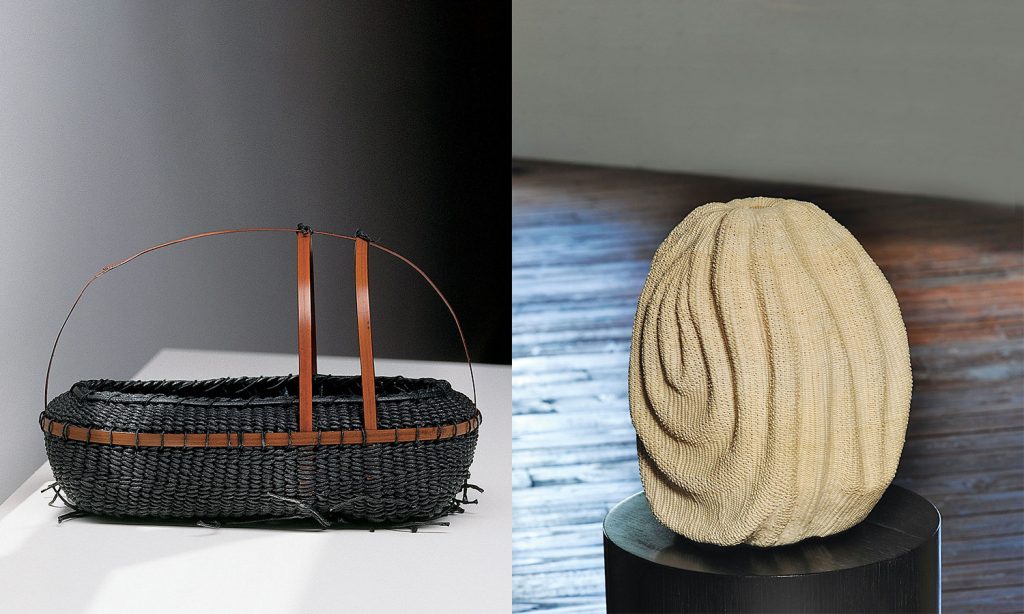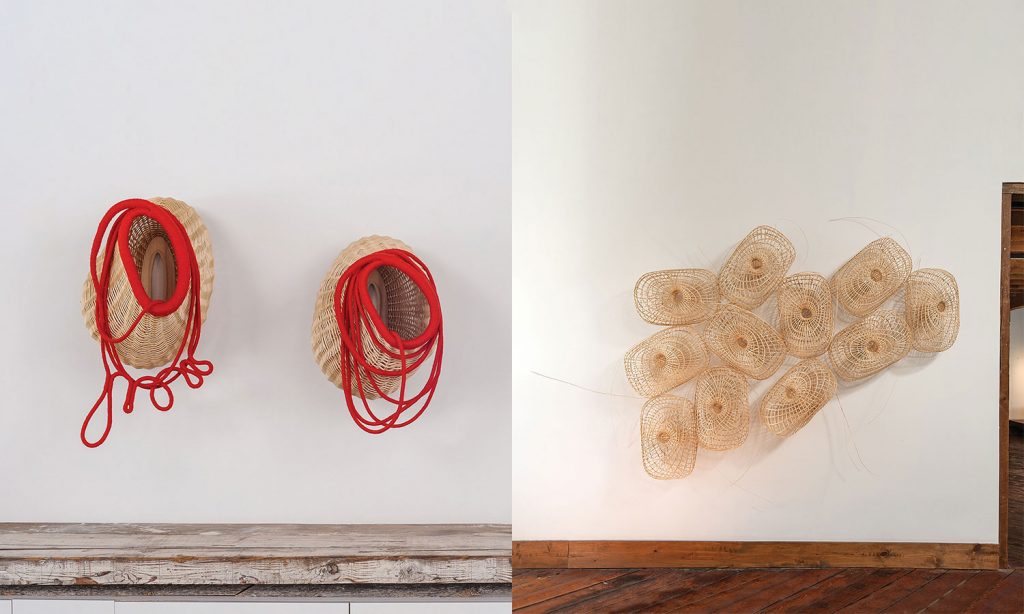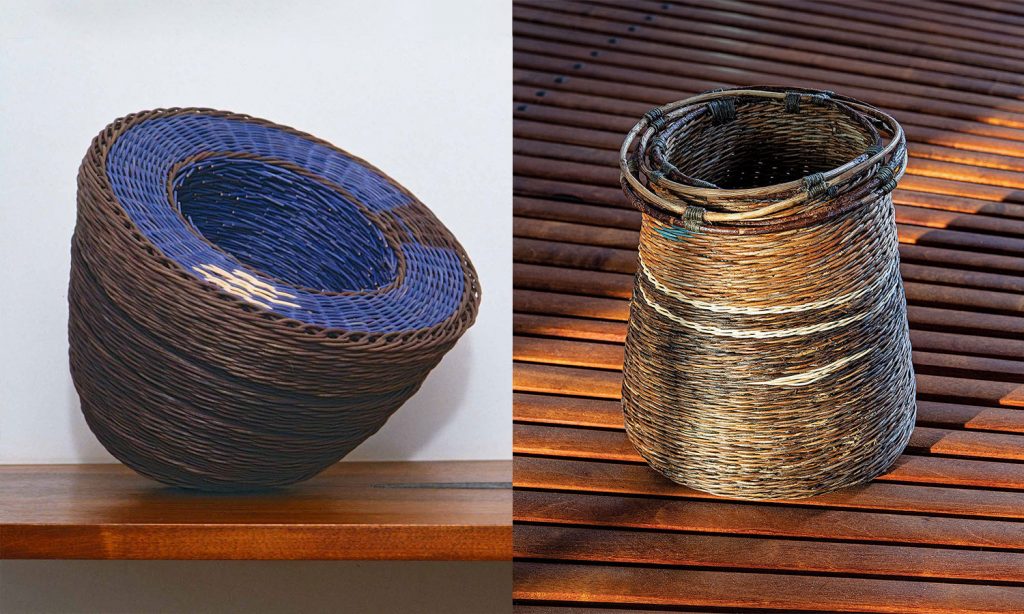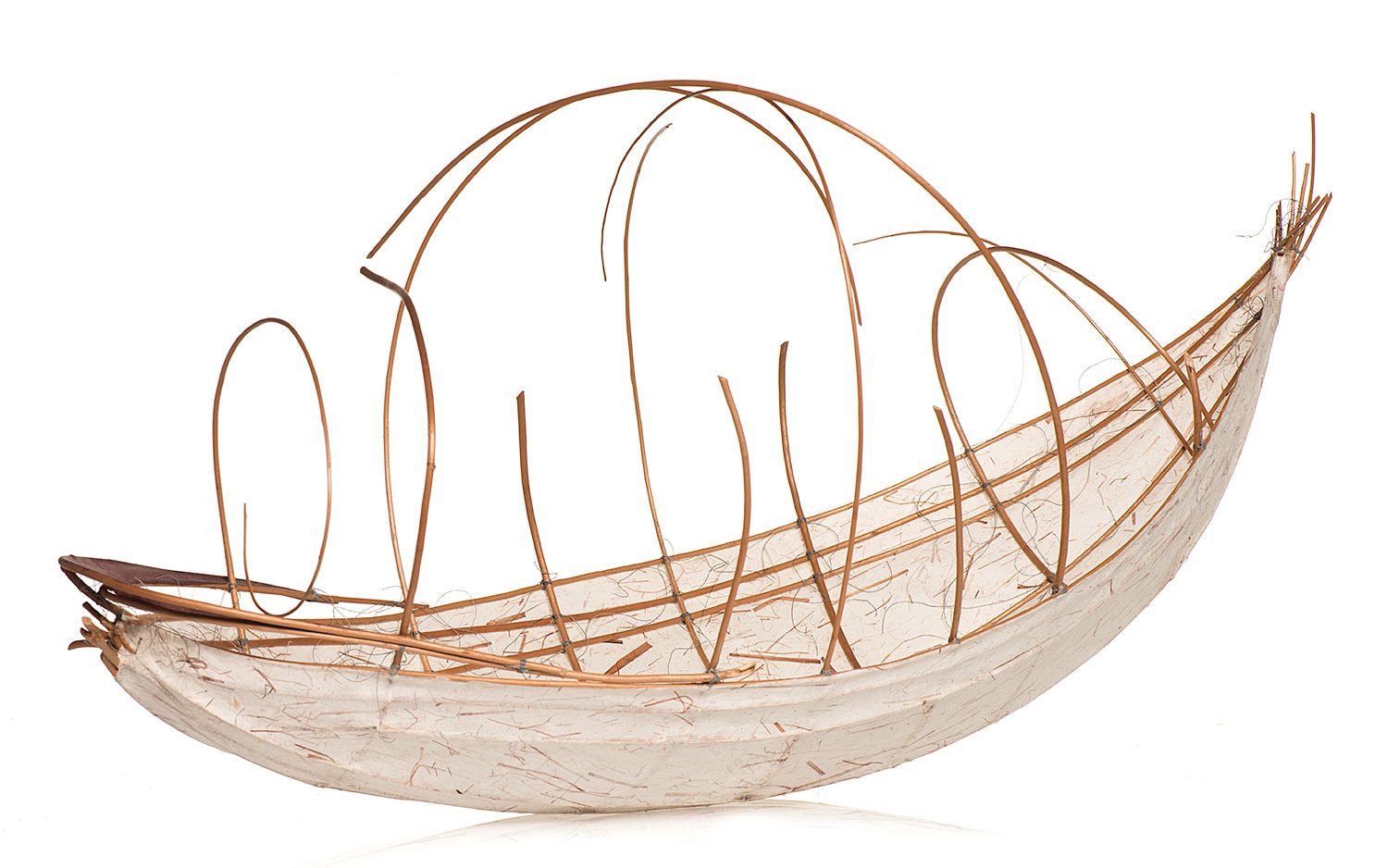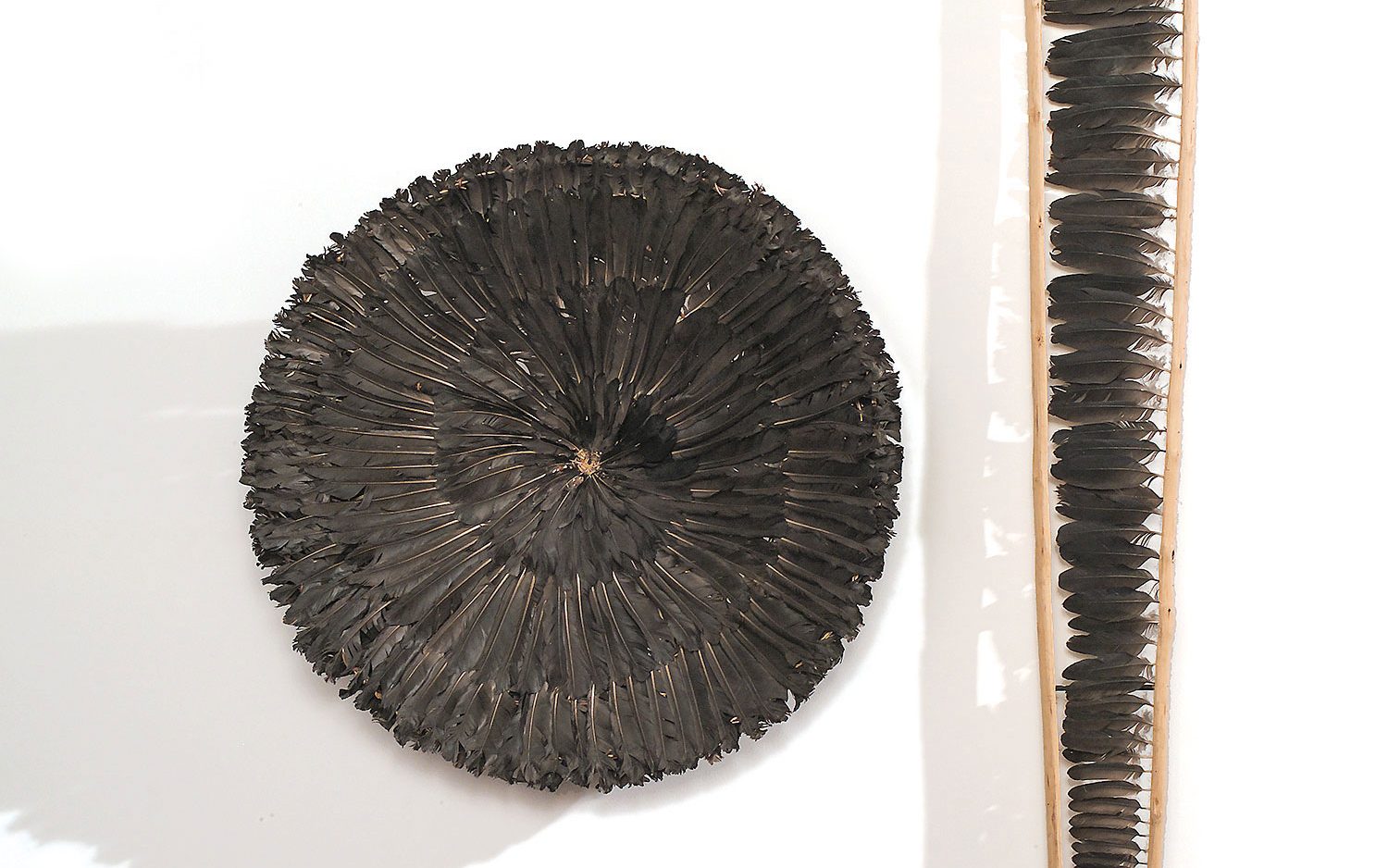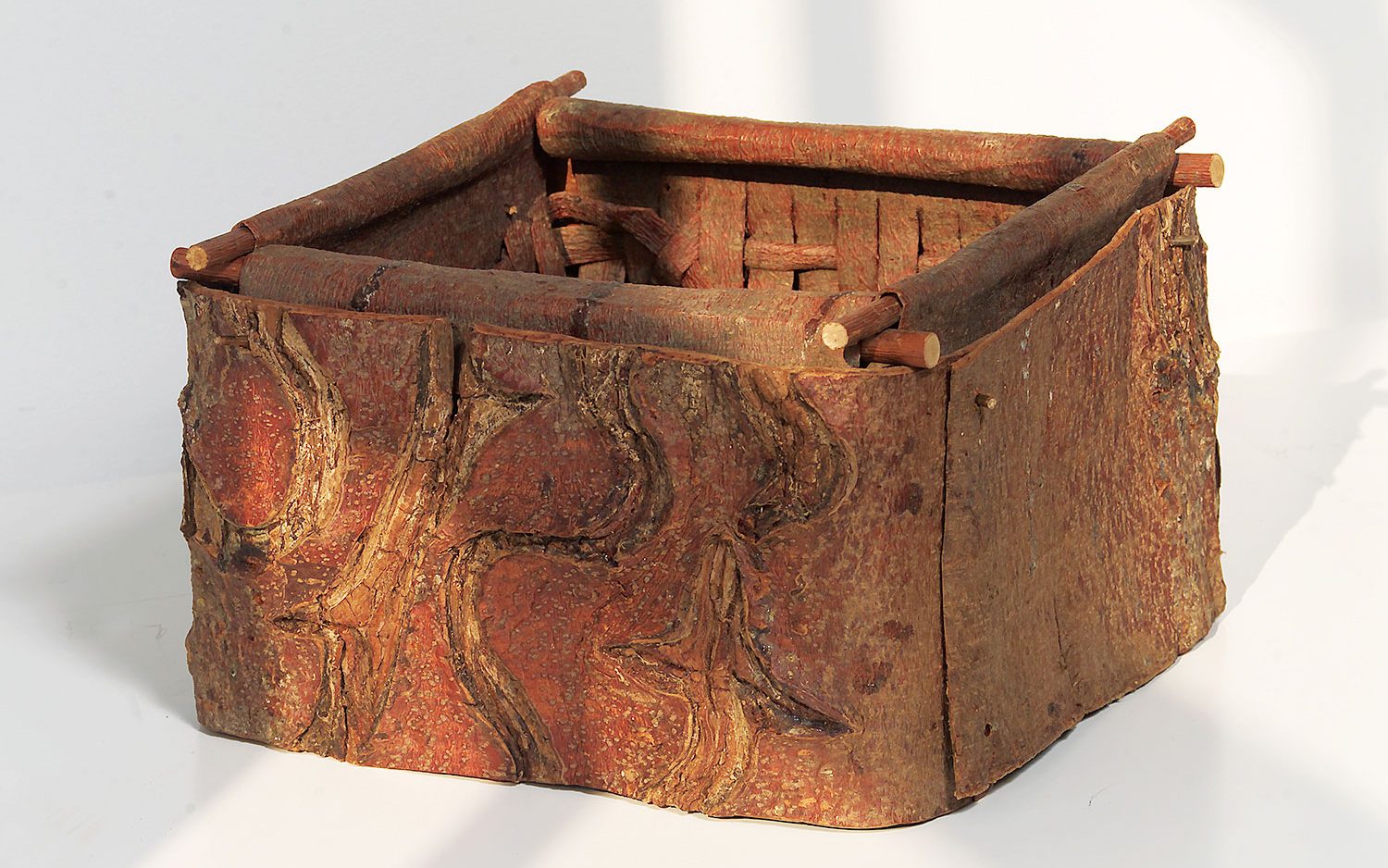We’ve got book and exhibition recommendations from artists on tap this week and recommendations from browngrotta arts next.
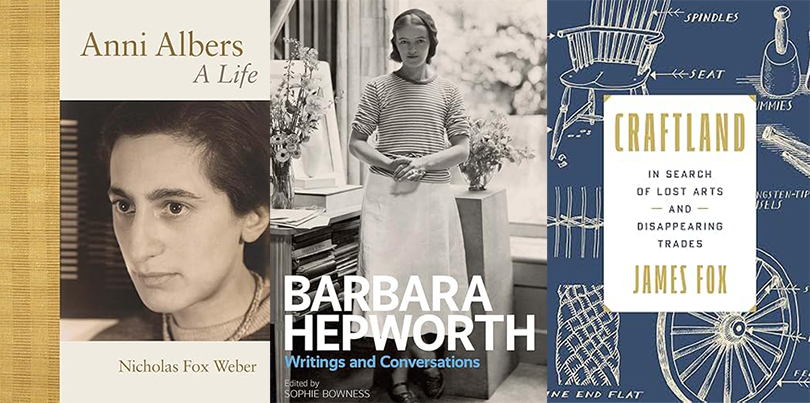
Rachel Max is looking forward to reading a new biography of Anni Albers, by Nicholas Fox Weber (Anni Albers: a life), which is coming out in April next year. “But,” she writes, “whenever I need a burst of inspiration, I dip into the Writings and Conversations, by Barbara Hepworth. I’ve always loved her work. Max also recommends Craftland by James Fox as a thoughtful and timely journey through Britain’s “endangered” crafts and heritage.
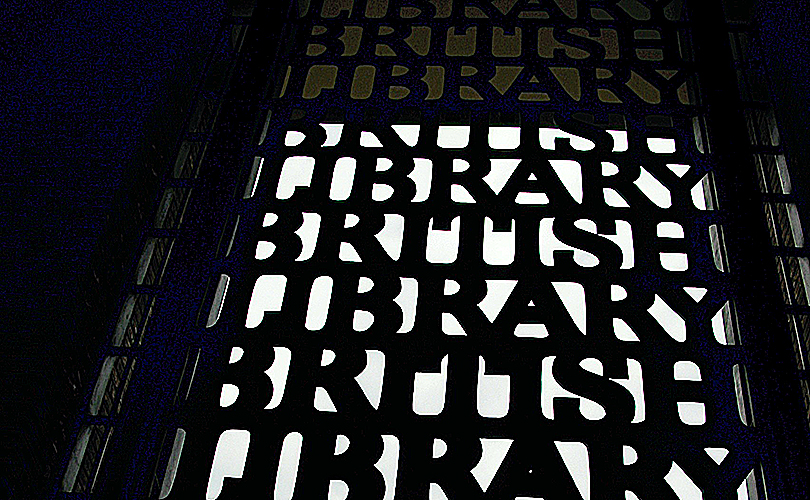
“In a digital age where handmade skill is gradually being chiseled away by mass production and AI, Fox traverses both time and land to meet some of the people keeping our need for craftsmanship alive. As a maker, I am extremely conscious of techniques – not reviving them as such, but reviewing them to make something new. Admittedly, and perhaps because I live and work in a city, I take lots for granted – how agriculture, for example, has shaped our landscape with hedgerows and stone walls. I’ve always known that Sheffield is famous for its steel production, that Birmingham has a long history of jewelery making, and that Somerset is known for willow weaving. Each area has its own unique way of doing things – stone walls and baskets vary from region to region. I’ve walked past the British Library many times without considering who designed and carved the lettering on the facade. The bells of Big Ben toll across our screens every New Year, but, like many, I take for granted the skill and expertise that went into making and tuning them.
Fox’s writing is poetic and contemplative but what comes acoss most in this book are the skills, dedication and determination of all the people he met along the way,” Max says. “Aside from the rush weaver, Felicity Irons, many names were unknown to me, but these names and their workmanship are hardly invisible, they are part of a far greater picture – our social and cultural history. So much so that once forgotten trades have become embedded in our own names and language. Fox reminds us to look around, to notice and to take note of crafts enduring legacy.”
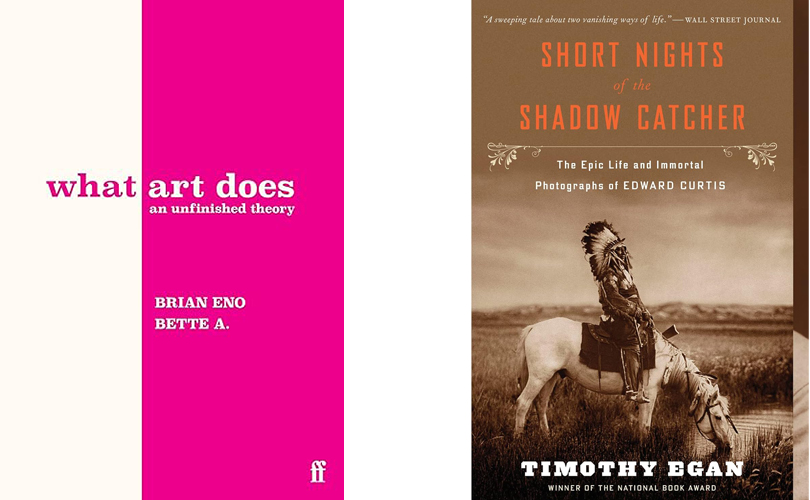
“I can recommend What Art Does: An Unfinished Theory, by Brian Eno and Bette A.,” Randy Walker writes. “It’s a small book (literally 3” x 5”) consisting of 122 refreshing pages written and illustrated in children’s book fashion — just my style. I savor the thoughts, and only read a few pages at a time so I can contemplate them for a while.” The book is billed as “an inspiring call to imagine a different future.”
“My favorite book of the year was about photographer, Edward Curtis — Short Nights of the Shadow Catcher: The Epic Life and Immortal Photographs of Edward Curtis by Timothy Egan,” writes Polly Sutton. “I recently got to view photos at the Rainier Club in Seattle where he lived for many years and paid for his room and board with pictures.”
According to the publisher’s notes, Curtis spent three decades documenting the stories and rituals of more than 80 North American tribes. It took tremendous perseverance — 10 years alone to persuade the Hopi to allow him to observe their Snake Dance ceremony. And the undertaking changed him profoundly, from detached observer to outraged advocate. Curtis would amass more than 40,000 photographs and 10,000 audio recordings, and he is credited with making the first narrative documentary film. The Ranier Club has an important collection of his works.
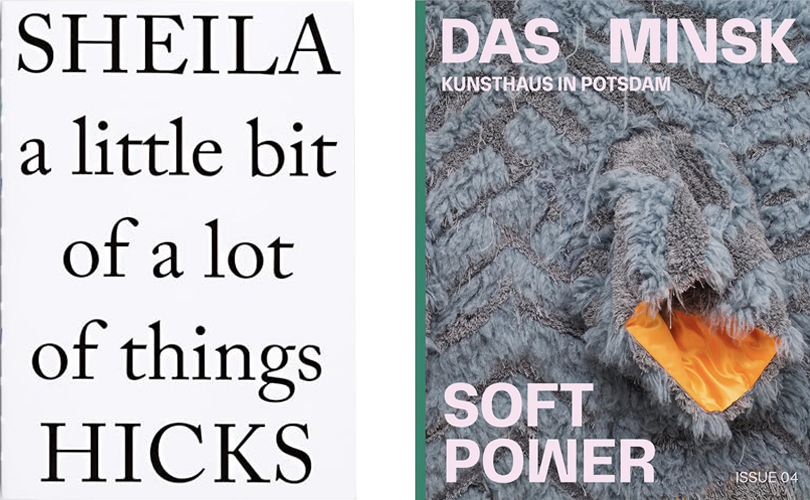
Exhibition catalogs often inspire recommendations; Europe was apparently the source for fiber exhibitions in the last 12 months, based on Heidrun Schimmel’s update. The expansive exhibition of Sheila Hicks: a little bit of a lot of things was a highlight this year In Germany, Schimmel writes. The exhibition was shown in Kunsthalle Düsseldorf from October 2024 to February 2025. “A very good catalog of the same name was published,” she writes. It chronicles 50 years of the artist’s work and features a lay-flat sewn binding and an exposed spine, A Little Bit of a Lot of Things is designed to emulate Hicks’ playful, imaginative practice.
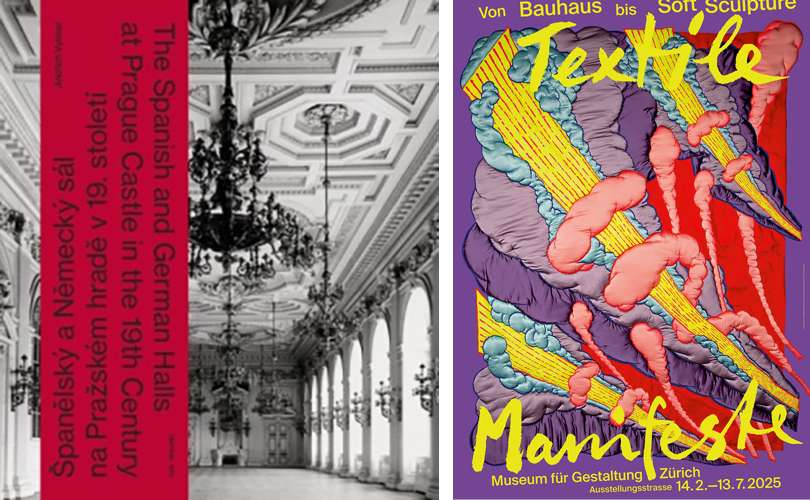
“Another good exhibition, Soft Power, was shown in the Museum Das Minsk, Potsdam, Germany, in 2024, she says. You can order the exhibition catalog (112 pages) and take on line tour here: https://dasminsk.de/en/exhibitions/4478/soft_power. A truly comprehensive exhibition, Textile Manifestos—From Bauhaus to Soft Sculpture, was displayed in Switzerland, in the Museum für Gestaltung, Zürich, she says. In addition to the fiber all-stars — Hicks, Tawney, Abakanowicz — the exhibition included intriguing artists Gunta Stölz, Elsi Giaque, Lia Cook, and Masakazu Kobayashi. In conjunction, the Museum recommends the volume, Textiles Manifestos.
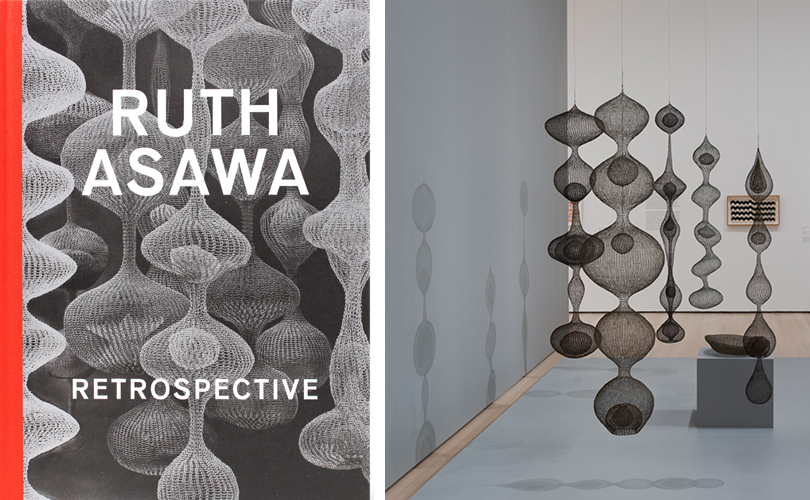
Exhibition catalogs were also the inspiration for both Karyl Sisson’s and Gyöngy Laky’s recommendation: the Ruth Asawa retrospective — first in San Francisco, now in New York. (If you are on the East Coast, you have until February 7, 2026 to see it at MoMA.) “The breadth of her work is astounding,” Karyl Sisson says. Gyöngy Laky also recommended the retrospective catalog, Ruth Asawa: Retrospective. She and her husband Tom Layton were friends with Ruth Asawa. “Thinking about Ruth Asawa reminds me that the US has overcome threats to our Democracy before,” Laky writes. “During another time challenging our democratic values, in World War II, the Asawa family members were sent to internment camps. The terrible and misguided 1942 Executive Order eventually incarcerated 120,000 people of Japanese descent. It was, however, as a child in those wretched concentration camps, that the talent and creative interests of Ruth Asawa were nurtured. In 1946, at the age of 20, Ruth went to Black Mountain College where she met her future husband, architect Albert Lanier. At Black Mountain College her drawing teacher, Ilya Bolotowsky, connected her drawing with her wire work describing it as drawing in space. She began her looped-wire sculptures there after being introduced to basketry techniques in Mexico”. The following year Asawa’s work was shown at SF MoMA for the first time — only to be the subject of an extensive retrospective nearly 75 years later.
Asawa left her mark on cultural history in other ways. She married her husband Albert in 1949 in San Francisco when interracial marriages were still illegal in many parts of the US. The partnership lasted 59 years! Asawa left a legacy within the larger Bay Area community, too. She co-founded the Alvarado Arts Workshop for elementary school children in 1968 – – now the Ruth Asawa San Francisco School of the Arts. She was deeply devoted to arts education. Laky writes that an Imogen Cunningham photo from the 1950s greeted visitors to the SFMoMA exhibition accompanied by a quote: “An artist is an ordinary person who can take ordinary things and make them special.” And, Laky says, Asawa did just that.
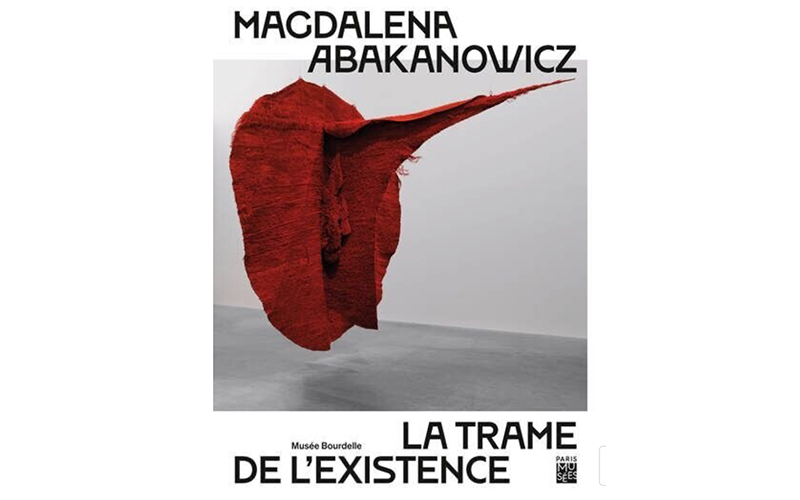
Stéphanie Jacques is looking forward to visiting Magdalena Abakanowicz: The Fabric of Life through April 12, 2026 at the Bourdelle Museum in Paris. “I love this museum and I’m excited to experience the works of Magdalena Abakanowicz. The catalog looks fascinating.” https://www.bourdelle.paris.fr/visiter/expositions/magdalena-abakanowicz-la-trame-de-lexistence In additional to exhibition attendance, Jacques has an ambitious reading list planned for next year. “Books are there to recharge us and open us up to other perspectives,” she writes. There are five books she’d like to read in early 2026:

To learn more about the path Rodin took to create his sculpture of Balzac: his approach, his doubts, his relationship to the real body, etc, Jacques is going to read Dérobades: Rodin et Balzac en robe de chambre by Marine Kisiel — only available in French. “Phyllida Barlow is an artist whose work I admire,” she writes. “I haven’t yet had the chance to see her pieces in person, and this book, In the Studio: Phyllida Barlow , text by Frances Morris, seems like an opportunity to discover more about her work and her creative process. Reading about other artists’ work is enriching and often prompts me to reflect on my own practice.” Three books on basketry in all its complexity and variety are also on Jacques’ list. She describes these as, “an inexhaustible source of inspiration and wonder; skills where the universal and the unique meet.”
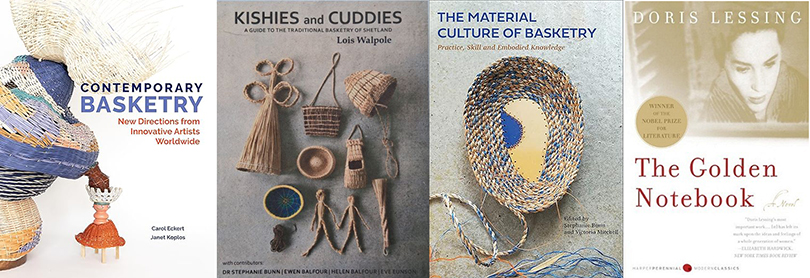
They are Contemporary Basketry: New Directions from Innovative Artists Worldwide by Carol Eckert and Janet Koplos, Kishies and Cuddies: A Guide to the Traditional Basketry of Shetland, by Lois Walpole, and The Material Culture of Basketry: Practice, Skill, and Embodied Knowledge, eds. Stephanie Bunn and Victoria Mitchell. And Jacques may return to The Golden Notebook by Doris Lessing, since she has done so regularly since first reading it over two years ago. “I have even opened it at random just to hear her voice,” she says. “It has everything: history and the upheavals of personal lives, political engagement, love, men, women, creation…”

Gizella Warburton recommended three books about our relationship to nature: Wild Service: Why Nature Needs You, eds. Nick Hayes and Jon Moses, The Language of Trees: a Rewilding of Literature and Language, by Katie Holten and Is a River Alive? by Robert MacFarlane. Wild Service calls for mass reconnection to the land and a commitment to its restoration. A national bestseller, The Language of Trees invites readers to discover an unexpected and imaginative language to better read and write the natural world around us and reclaim our relationship with it. MacFarlane has been called “the great nature writer … of this generation.” The publisher says that Is a River Alive? is a joyful, mind-expanding exploration of an ancient, urgent idea: that rivers are living beings who should be recognized as such in imagination and law. They are not textile-related, says Warburton, but each offers “a hopeful and meaningful read.” Amen to that!
Next Week:
More book recommendations— this time from browngrotta arts …

